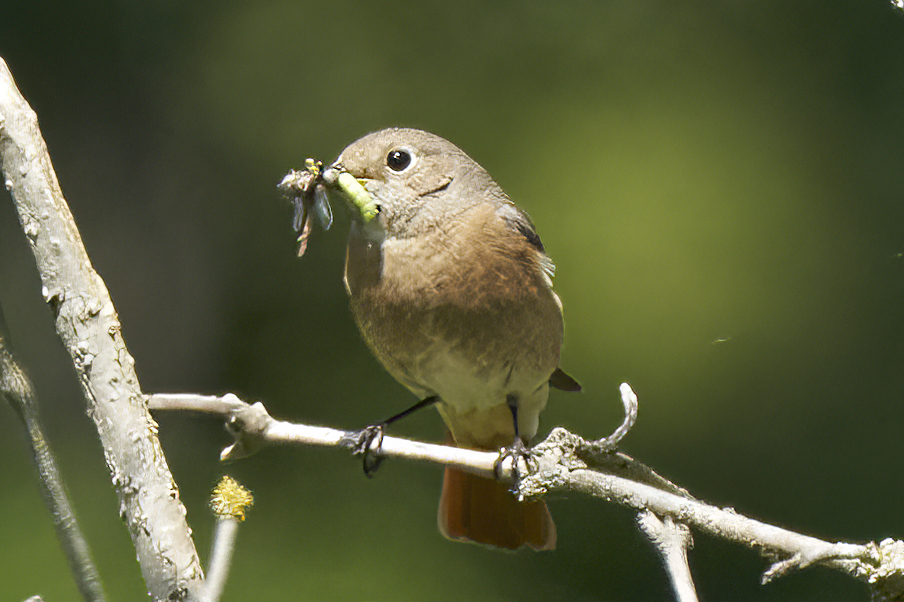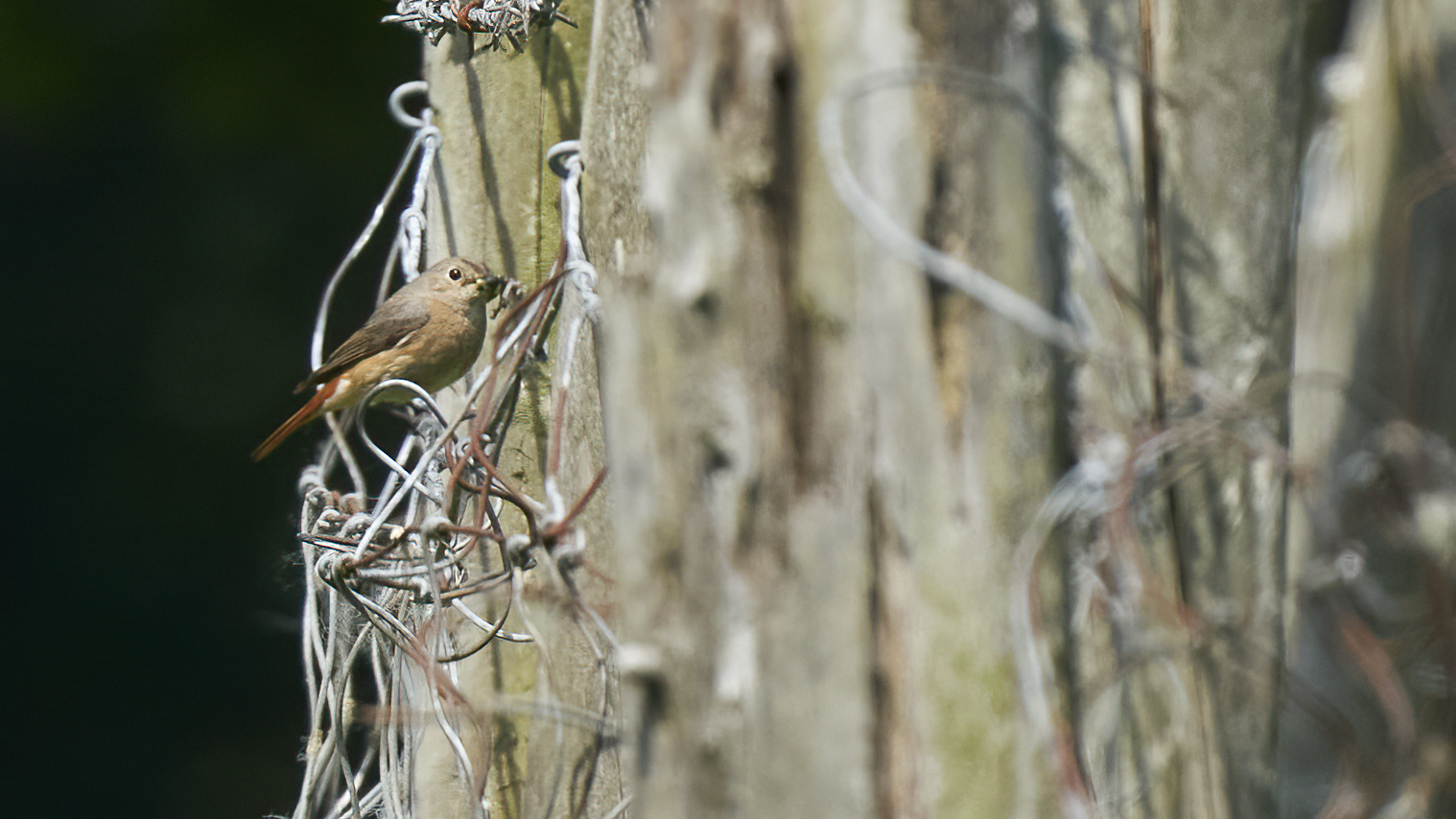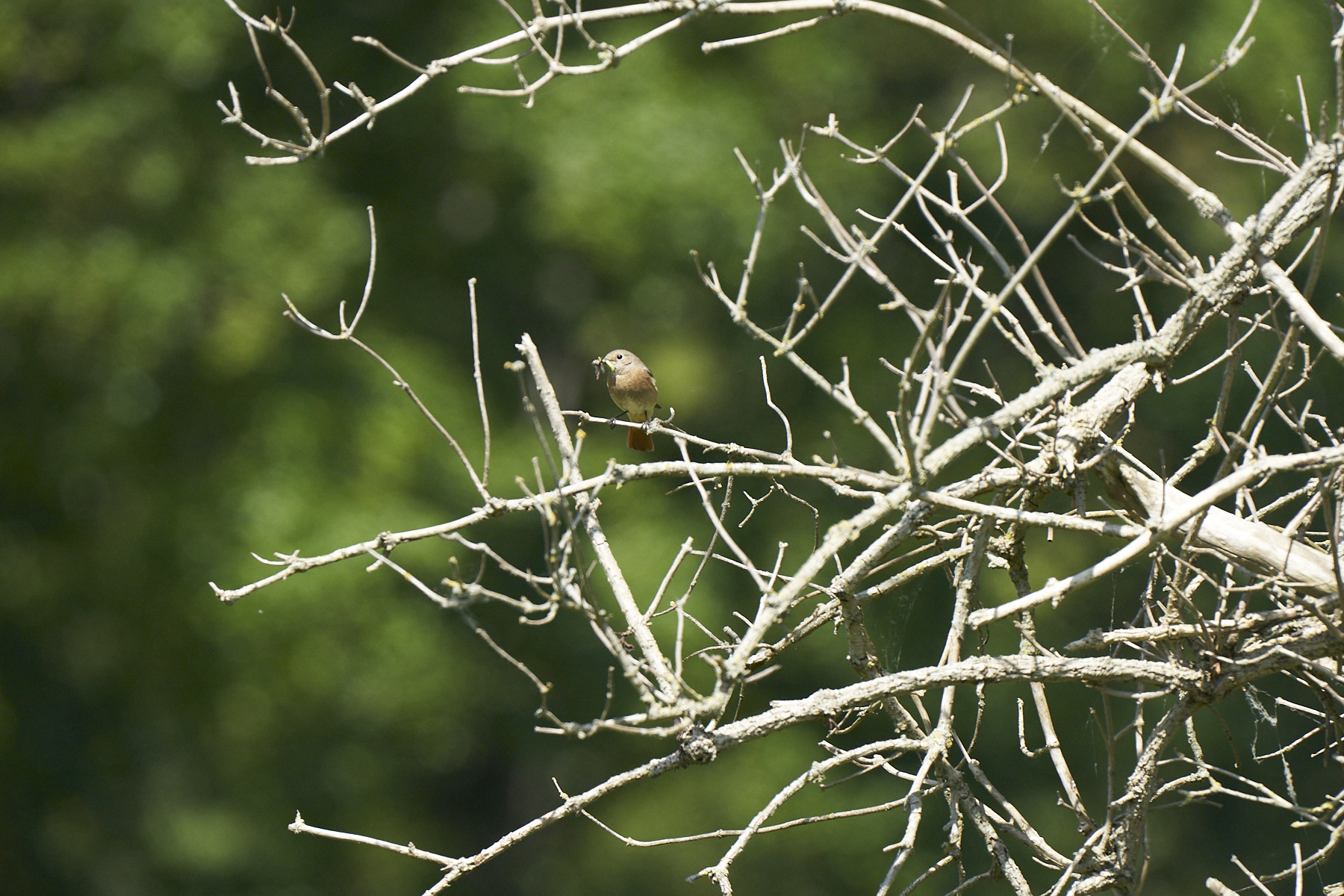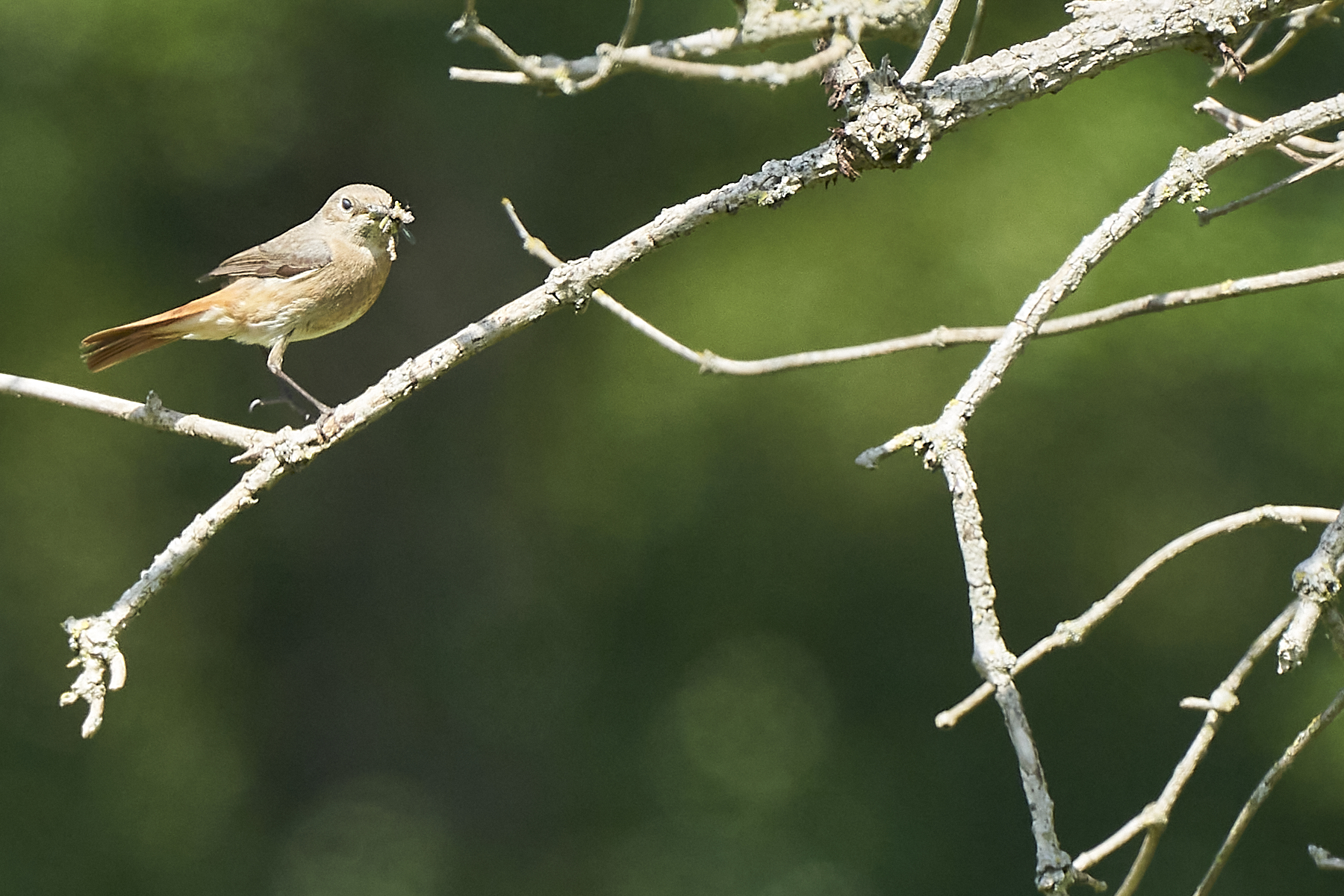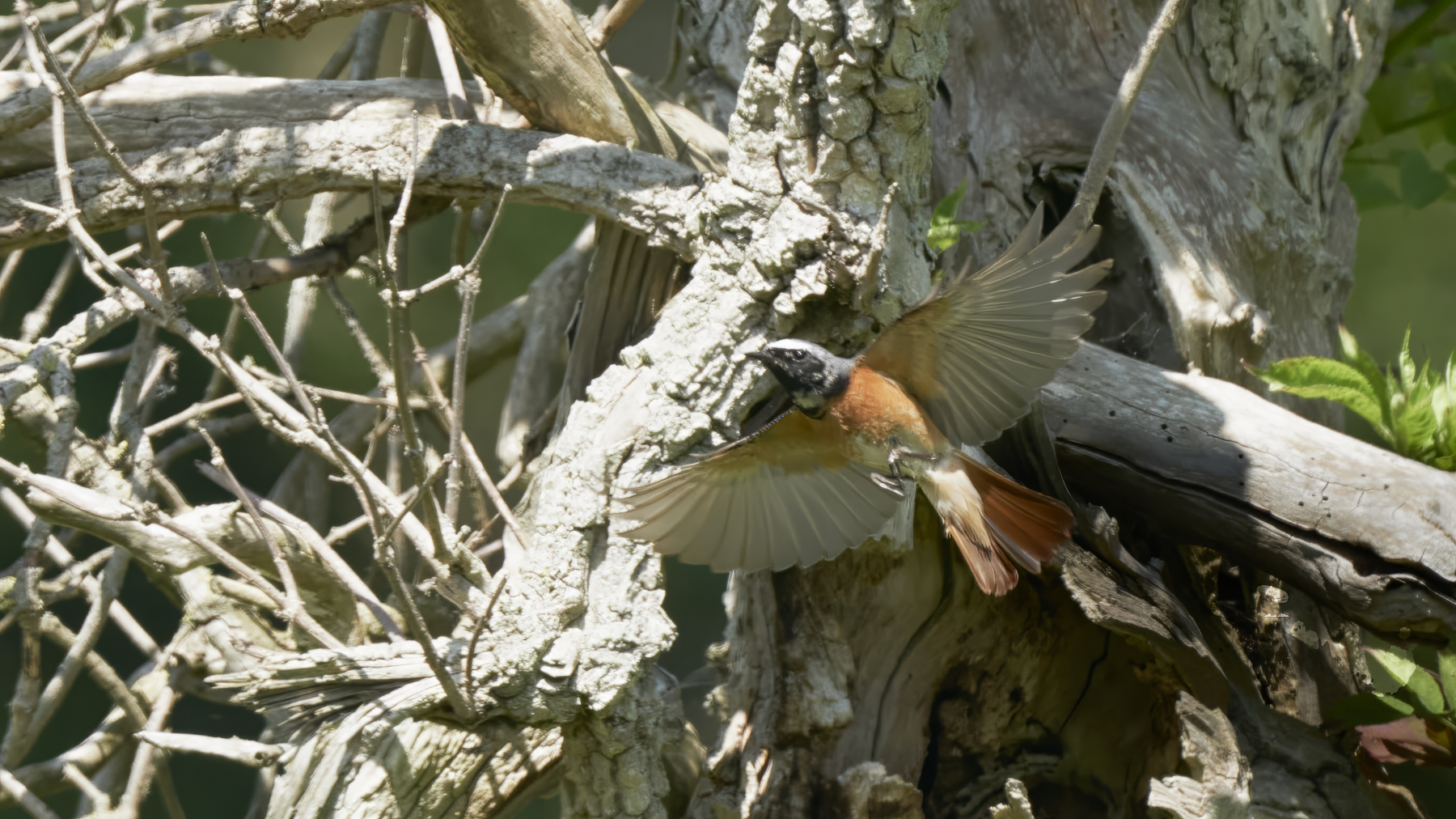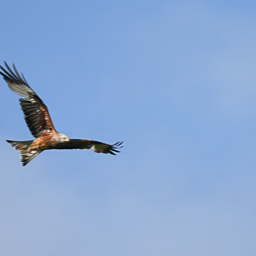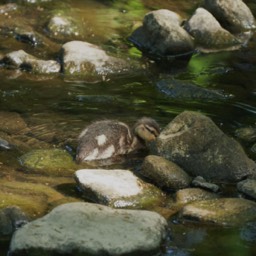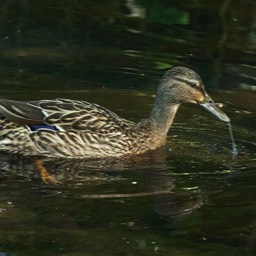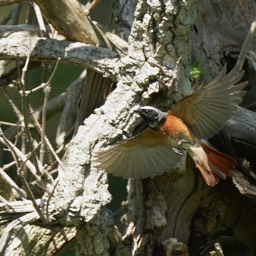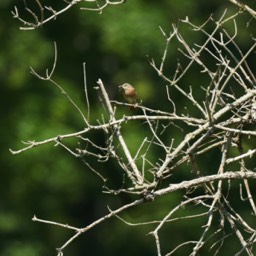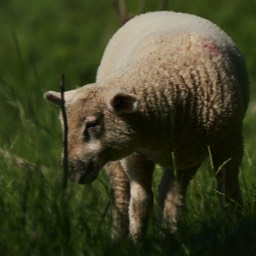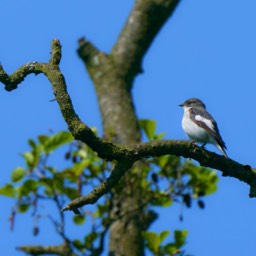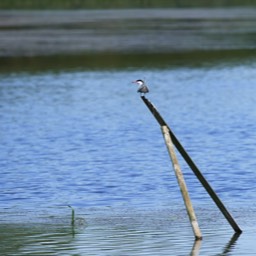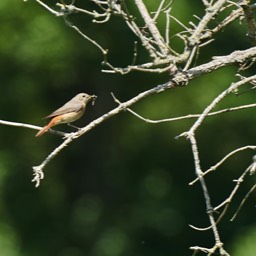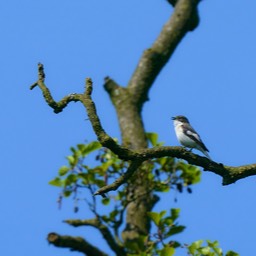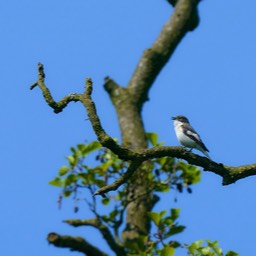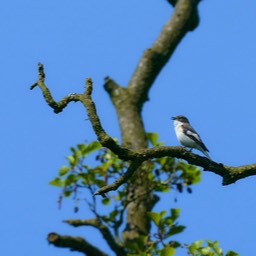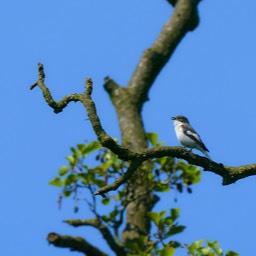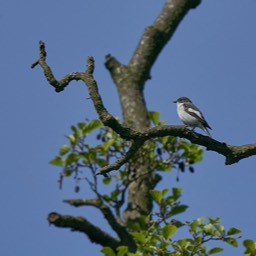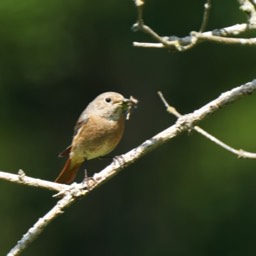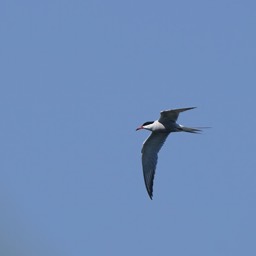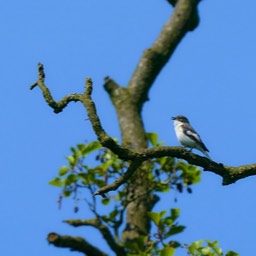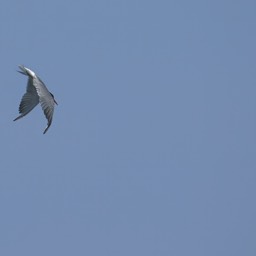Otley, A day never to forget
Introduction:
Birds have captivated humans throughout history with their vibrant colors, melodious songs, and graceful flight. Among the countless species that inhabit our planet, the Redstart stands out as a true gem in the avian kingdom. Inspired by one of my favorite books, "Birds in a Cage" by Derek Miemenn, I felt compelled to explore the fascinating world of Redstarts and shed light on their unique characteristics and captivating behavior.
The Enchanting Redstart:
The Redstart, scientifically known as Phoenicurus phoenicurus, is a small passerine bird found predominantly in Europe and Asia. Its name is derived from the Old English word "reestart" which means "tail that trembles." This intriguing name perfectly captures the Redstart's distinctive behaviour of constantly flicking its tail, adding an extra touch of charm to its appearance.
One of the most striking features of the Redstart is its vibrant plumage, particularly the male's breeding plumage. With its deep slate-blue head and upper parts contrasting against its fiery orange-red tail and underparts, the male Redstart is an absolute spectacle to behold. Its eye-catching colours make it stand out against the lush greenery of its habitat, turning any sighting into a memorable experience.
Redstarts are known for their incredible migratory journeys, spanning thousands of miles. They spend their summers in Europe and Asia, nesting in woodlands and forests, before embarking on their epic journey to spend the winter months in sub-Saharan Africa. Witnessing these tiny birds traverse vast distances and overcome numerous challenges along the way is a testament to their remarkable endurance and navigational skills.

While the Redstart's appearance is undeniably captivating, its melodious song adds an extra layer of enchantment to its presence. The male Redstart's song is a delightful combination of sweet, warbling notes and whistling trills, filling the air with a symphony of natural beauty. Their songs are not only used to attract mates but also to defend territories and communicate with other birds.
Redstarts prefer mature deciduous woodlands, often nesting in tree cavities or crevices in rocks. However, they are highly adaptable and can also be found in parks, gardens, and even urban areas. Unfortunately, like many other bird species, Redstarts face numerous threats, including habitat loss, pollution, and climate change. It is crucial that we prioritise their conservation by preserving their natural habitats and promoting sustainable practices
.
Derek Niemenn's "Birds in a Cage" showcases the beauty and wonder of birds, including the Redstart. This captivating species, with its vibrant colours, melodious songs, and incredible migratory journeys, continues to fascinate birdwatchers and nature enthusiasts worldwide. As we appreciate the Redstart's allure, let us also recognise the importance of conserving its habitat and protecting the diverse avian species that enrich our world.
So, next time you find yourself exploring the great outdoors, keep an eye out for the Redstart—a true feathered jewel that embodies the splendour of our natural world.
References:
• Niemenn, D. (Year). "Birds in a Cage." Publisher.
• BirdLife International. (2021). Phoenicurus phoenicurus. The IUCN Red List of Threatened Species 2021: e.T22709251A182360610. Retrieved from https://dx.doi.org/10.2305/IUCN.UK.2021-3.RLTS.T22709251
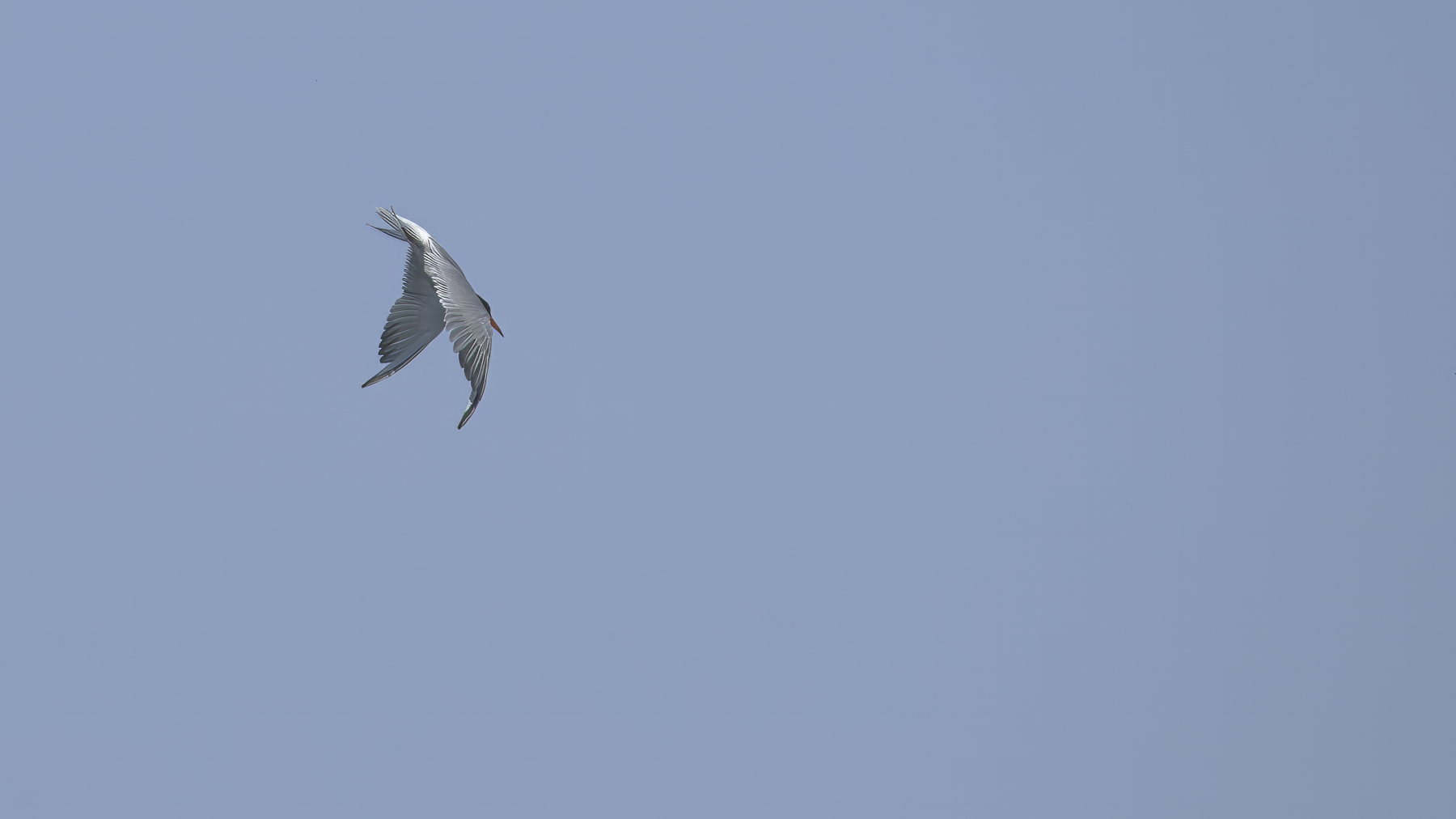
Common Tern: Staveley Reserve
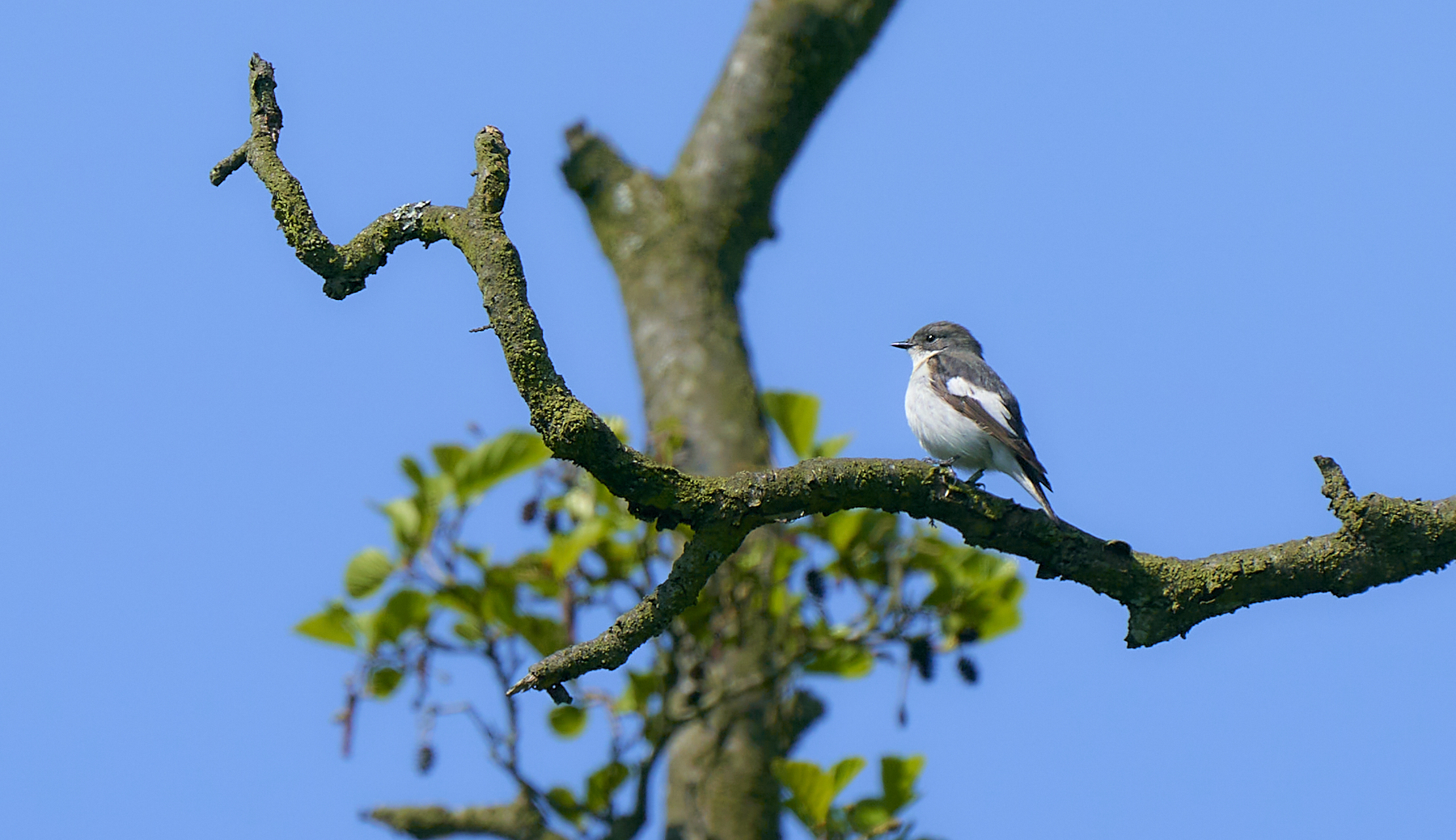
Once upon a time, in the enchanting forests of Europe, a little bird with dashing black and white feathers embarked on the rollercoaster of life - the Pied Flycatcher! As spring arrived, these charming aviators returned from their winter holidays with stylish tan lines from soaking up the sun down south.
In the singles' hotspot of the forest, the males went all out to impress the ladies, flaunting their best moves and belting out love songs like pop stars. After some flirty fly-catching, the lucky ones found their match and became a monogamous couple.
Together, they worked tirelessly to find the perfect nest location, seeking a fixer-upper with good curb appeal. With a dash of twigs, a splash of moss, and a sprinkle of feathers, their nest was ready for the grand opening. Inside, they laid a small clutch of eggs, and their home became a nursery filled with joyous chirping.
The parents took turns incubating the eggs, while the other sneaked off for some "me time" at the local bug buffet. Once the chicks hatched, it was chaos! These tiny fluff balls demanded constant attention and food deliveries.
As the chicks grew, the parents morphed into overworked food delivery services, flying back and forth, trying to keep up with the bottomless pit of chirping mouths. But time flew by, and soon the chicks were all grown up, ready to leave the nest and face the world.
And so, with bittersweet emotions, the Pied Flycatcher parents bid their chicks farewell, hoping they'd soar high and find their own funny stories in this forest of life. And the cycle continued, each spring bringing new laughs, adventures, and unforgettable moments for these little comedians of the woods.
